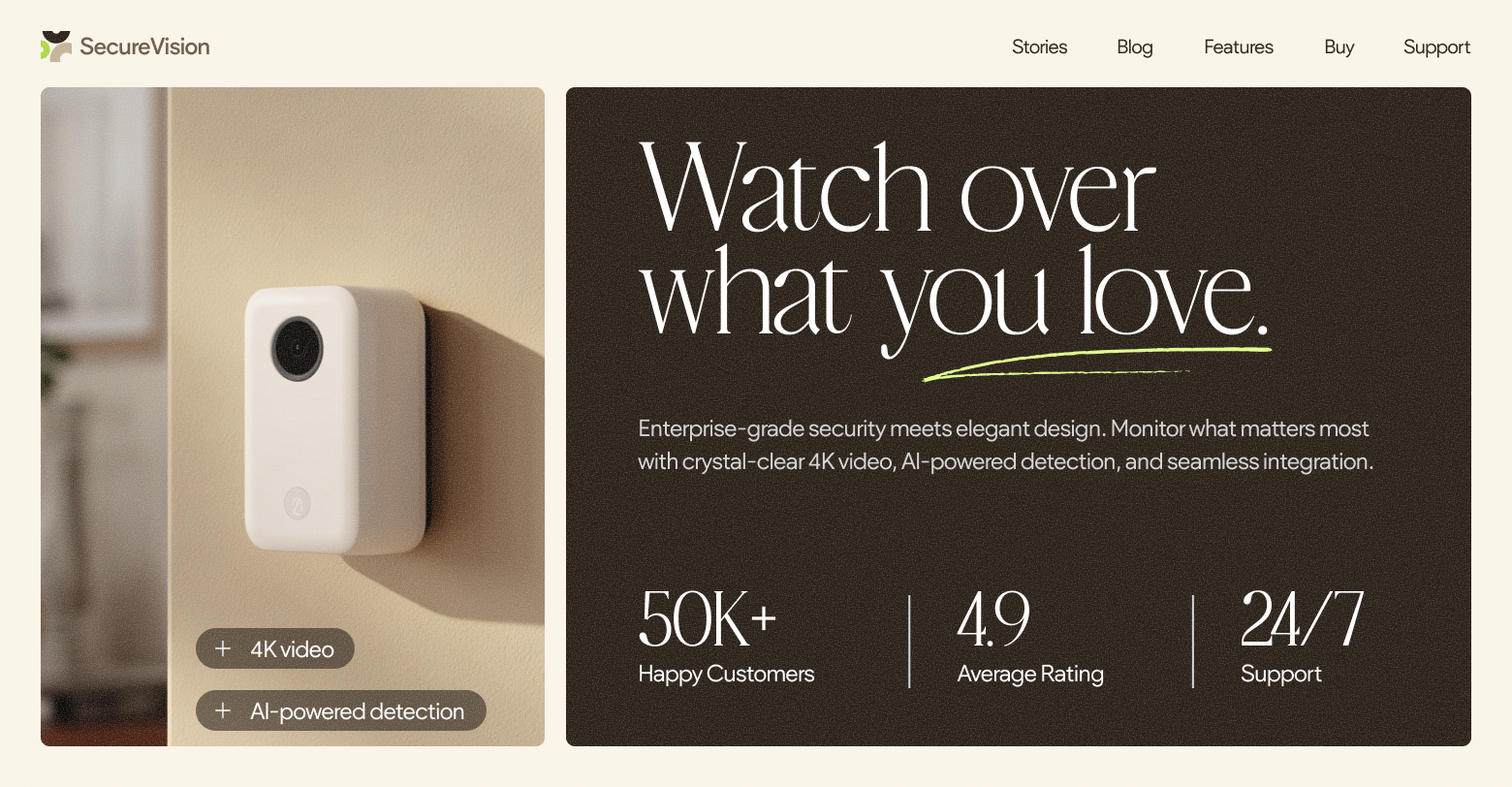Looking for a leg up against your competitors? Need a way to stand out to potential customers? Tired of competing on price? Then you need to adopt value-added marketing, which can help
website design agencies retain current customers, gain the attention of potential customers and position themselves as experts.
In this post, we’ll discuss what you need to know about value-added marketing, including what it is, why these services will help you get ahead of your competition and strengthen your customer relationships, and how you can go about creating value-added marketing for your company.
VALUE-ADDED MARKETING EXPLAINED
Value-added marketing is defined as delivering more than your customers are expecting through content and experiences. Because of this, value-added marketing (which, make no mistake,
is
marketing) cuts through ad clutter and overflowing email boxes.
Business2Community says, “Value added marketing brings marketing to an entirely new level by turning marketing content into a product of its own. As more and more brands adopt this attitude, we’re stepping into the next stage of marketing evolution—one that puts customers first, understands the importance of ‘going the extra mile,’ and emphasizes perceived value to the customer over pure revenue.”
There are many examples of value-added marketing , including these standouts:
- LEGO’s online community where customers can submit ideas for new LEGO sets, vote on ideas, and get a percentage if their idea becomes a product.
- Nike’s
Nike+ Training Club, which offers free group workouts and a free app with guided workouts.
- Marriott’s
short films that are entertaining and professional in every way, and reach customers despite ad and content clutter. Watch
here.
Many brands don’t have the budget for films and apps, but digital agencies can still get into the value-added marketing game.
Other types of value-added marketing that may be more universal
include:
- Expert advice and blog content
- Educational content such as how-to videos and webinars
- Discount coupons for repeat customers or a rewards program
- Surprise samples and free products
- Priority service and shipping
- Special experiences that make sense for the brand, like
brick-and-mortar stores becoming a place to try out products, engage in onsite entertainment, and become a place to return online orders
The important takeaways are:
- What you offer needs to be perfectly inline with your core services and values.
- What you offer should not contradict your core services and values; it should feel like a natural extension of your brand.
- What you offer must be of value to your customers.
Most importantly, you want to ensure the content and/or experiences you offer will help your customers do their jobs better.
WHY VALUE-ADDED MARKETING MATTERS
Value-added marketing is expected to become more important in the next few years. Here are four reasons why:
- It can be challenging to get potential customers’ attention. Thales Teixeira, a former professor at Harvard Business School,
calculated that the cost of attention has jumped seven- to nine-fold since 1990, making it the most dramatic business expense increase in the past 25 years. A solution to this attention problem is value-added marketing, which, because it has true value, allows you to gain customers’ attention and more effectively use your ad dollars and your marketing budget.
- Value-added marketing offers improves current and potential customer loyalty and retention. Retaining customers is vital for running a profitable business, as it
costs 5 times more to bring in a new customer than to retain one.
- Value-added marketing
helps builds your reputation as an expert so you’re not competing on price alone. As
Drew McLellan of Agency Management Strategy says, you need the “confidence to know that you have something of value to offer” and you need to demonstrate your expertise to clients.
- Value-added offerings can be used in gated lead generation efforts to entice potential customers to provide their name/email/business name/etc. to your email or sales lists.
EXAMPLES OF VALUE-ADDED MARKETING FROM WEB DESIGN FIRMS
Many web design firms create content pieces that benefit their customers and provide value. These include:
- Videos
- How-to guides
- Infographics
- White papers
- E-books
- E-newsletters
All of these represent a good start in value-added marketing, but now is the time to elevate your game.
EXPANDING YOUR VALUE-ADDED MARKETING STRATEGY
Here’s how to create a strategic value-added marketing plan.
- Look at all of your content through the following
rule: Value-added content is any unique, original, or exclusive content or information that your audience cannot get anywhere else. It has to be valuable to your customers, and it should leverage your expertise and unique knowledge to the extent possible.
- Make a road map of this valuable content for the next six or 12 months that will benefit your customers and help them do their jobs better. Plan out this content calendar and budget for it.
- Now, look beyond content. Consider experiences.
Forbes recommends you take an inventory of your clientele’s interests and lifestyle to identify experiences your customers would enjoy. For instance, if you find that most of your customers are small businesses with 3-10 employees, perhaps you could create virtual networking events where an expert at your company presents website or SEO best practices, and one customer (like a lawyer or retailer) presents within his/her own area of expertise. That’s just one idea… I’m sure you can come up with more.
- Make sure any experiences or content you create are perfectly inline with your core services and values.
- Measure the results of your value-added content, and then over time, make changes to your strategy. Feel free to experiment and try various types of content and experiences.
BUILDING RELATIONSHIPS OVER TIME
Value added-marketing will allow you to build relationships with current and potential customers by putting their needs first, while highlighting your expertise in the field. This is more important than ever, with the entire world overwhelmed with more distractions than ever (thanks, COVID-19), and with the
increased commoditization of website design services. But keep the above points in mind, and your digital agency will be fine.
Related Posts








